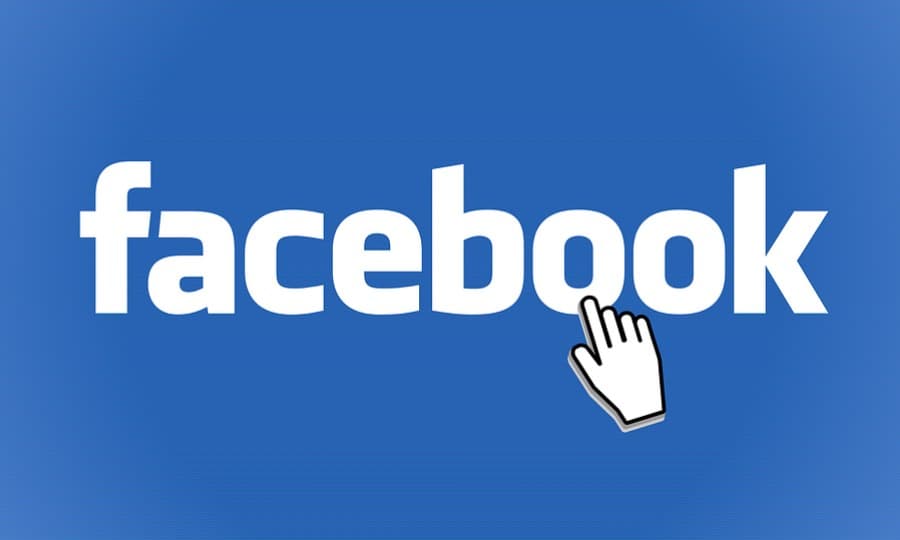5 Steps to an Effective Facebook Marketing Strategy
With two billion monthly users, Facebook is by far the largest and most popular social media network which continues to provide businesses with an opportunity for increased visibility.
You are probably aware that in order to stand out among the millions of brands on the platform, you’re going to need an excellent marketing strategy. The thing is, leading a marketing campaign on Facebook isn’t so straightforward.
If you’re just starting out, you might want to consider hiring a Facebook ads agency. An agency has skilled professionals who have the experience to manage all your marketing and advertising needs and lift the burden off your shoulders, enabling you and your team to focus on your normal routine work.
However, if your budget is limited and you can’t afford an agency, we’re offering 5 steps that will help you build an effective Facebook marketing campaign.
Table of Contents
1. Set Your Goals
Your FB strategy will be defined by what you want to accomplish. Every business has a different goal, so you need to figure out what yours is and how Facebook can help you achieve it.
Increasing brand awareness, improving lead generation, and generating more sales are among the most common objectives for brand marketing on the largest social platform, but there can also be others such as targeting new audiences, increasing site visits, promoting your content, boosting engagement rates, and so on.
Setting goals is important because they give you direction, purpose, and vision. By setting clear and measurable goals, your marketing team can determine whether your campaign was effective and what impact it had on engagement, performance, and sales.
2. Know Your Audience
Your Facebook marketing plan will be useless if it doesn’t reach the right people. Only when you understand who your target audience is, you’ll be able to build a strategy that is relevant to them. So, you should spend some time getting familiar with your Facebook demographics using Facebook Page Insights.
By analyzing your audience’s age, location, language, and behavior, you will not only make sure you are catering to their interests but you’ll also be able to discover a passive audience base.
3. Plan Your Content
You can choose from a wide variety of content formats for Facebook marketing but the most important thing is that the content you post is aligned with your audience’s interests. Of course, it should also be useful for you. For example, fashion and beauty brands should make use of visual content, whereas construction companies should focus on creating useful articles to establish themselves as industry experts.
Some content ideas to consider for your FB strategy include hosting live sessions, posting how-to videos, providing behind-the-scenes peek to humanize your brand, creating share-worthy infographics, questioning your audience in the posts to boost engagement, and so on.
4. Brainstorm on Facebook Ads
Expecting outstanding results from organic content alone is not realistic. Currently, there are over 50 million businesses on Facebook, which means that the platform is quite crowded and it can be very difficult to stand out. The good news is, Facebook ads are an excellent way to get the necessary exposure.
Of course, in order to give the desired results, your ads need to be properly structured. If you’re not working with a Facebook ads agency, be sure to keep the following things in mind when creating ads:
- Select your target audience paying special attention when selecting audience interests.
- Remember that the image sizes for a Facebook ad can’t contain more than 20% text.
- Create an effective CTA with your target audience in mind and include it in the last sentence.
- Pay attention to ad placement (you can run your ads across Facebook, Instagram, Messenger, and Audience Network).
5. Track and Analyze the Results
The last step of your FB marketing strategy is to keep an eye on the metrics you have identified during the goal-setting phase and analyze your results.
Regularly analyzing these metrics will help you determine if you are getting a positive ROI from your marketing campaigns. For example, if your conversion rate is low, it might be because of your ad copy. Improving your copy and adding more attractive images can help fix the problem.
You should also try A/B testing. This will help you determine if your campaigns are effective, decrease your Facebook ads costs, and get a better ROI from your marketing efforts.
Following the progress of your Facebook marketing efforts will allow you to make the necessary improvements and achieve your goals.
Final Thoughts
Facebook remains the main social platform that provides various possibilities and opportunities to reach your target audience. With these five steps in hand, you can start building your Facebook marketing strategy today and scale up your presence on the platform.


